Question: Other than handling, the one law that coaches and parents seem to be most adamant about wanting the referee to call is the pass back to the goalkeeper. I saw that FIFA put out a good clarifying statement and situations about this on their social channels (Facebook) this month, which is probably worth sharing and commenting upon. But in general, especially considering 10U games where the goalkeepers are not trained, how would AYSO like to see these calls being made? Sometimes in a 10U game, I feel like I have to call them when there is literally only a keeper and a defender back there, even though neither likely knows or understands the rule. Thanks, Sympathetic in Southern Cali.
~ Warmest, Ron
Answer: The deliberate pass back to the goalkeeper from a teammate is indeed a tough one for younger players. The coach is likely rotating goalkeepers a lot and most players won’t know that a deliberate pass back is even not allowed.
This offense is one of four restrictions on the actions of the goalkeeper that are very rarely enforced at the 10U level. Law 12 states:
An indirect free kick is awarded if a goalkeeper, inside their penalty area, commits any of the following offenses:
- Controls the ball with the hand/arm for more than six seconds before releasing it
- Touches the ball with the hand/arm after releasing it and before it has touched another player
- Touches the ball with the hand/arm, unless the goalkeeper has clearly kicked or attempted to kick the ball to release it into play, after:
o It has been deliberately kicked to the goalkeeper by a team-mate
o Receiving it directly from a throw-in taken by a team-mate.
As we consider our role as stewards of the game and our charge to keep the game safe, fair and fun, we must consider whether enforcing these offences at the 10U level is appropriate. In addition to the fact that most 10U goalkeepers (and possibly their coaches) don’t know about this part of Law 12, a restart of an indirect free kick in the penalty area is potentially dangerous to young players who don’t have much control on the ball and may result in a ball striking the head of a defender.
A better approach is to educate these young players and coaches about this part of the Laws of Game, and only call for an indirect free kick if the law is violated repeatedly. Here are a couple of ways to do this:
- At the first break after the offense happens (substitution/halftime or end of the match) let the coach and keeper know that a deliberate pass back to the keeper is not allowed and what they should do differently in the future.
- If you are comfortable with a more active intervention, blow the whistle, stop the game and say ‘Teaching Moment’ and instruct the keeper and coach on the spot. Restart with a dropped ball to the keeper with an instruction that they may pick the ball up.
